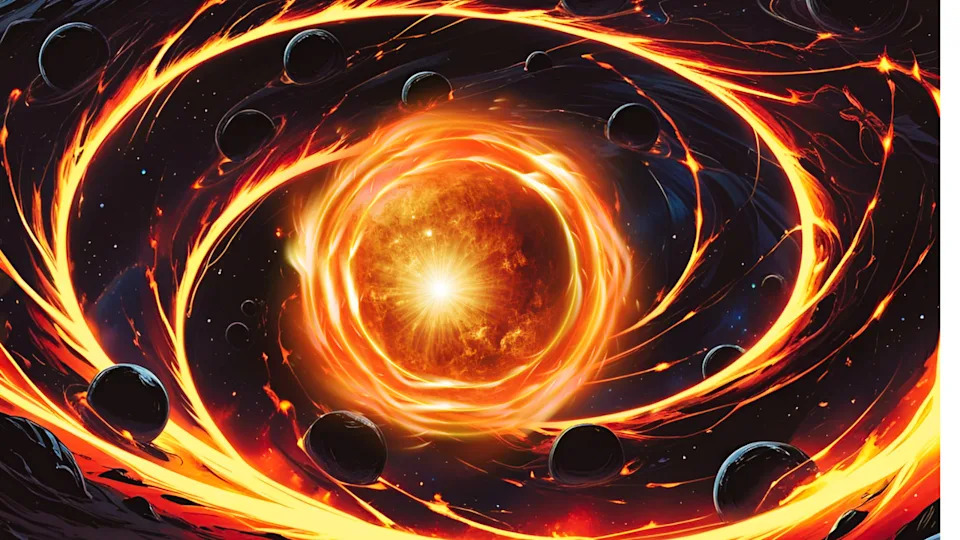New cosmological research is challenging our understanding of the universe’s earliest epochs, proposing that enigmatic primordial black holes, remnants from the Big Bang, might have played a pivotal yet complex role in shaping the very first stars. These ancient cosmic entities, far from being mere theoretical constructs, are now at the center of a scientific debate: did they serve as “cosmic midwives,” nurturing stellar birth, or did their gravitational influence actually hinder the nascent universe’s luminous debut?
Unlike the more commonly understood stellar-mass black holes, which arise from the dramatic collapse of massive stars, primordial black holes are hypothesized to have formed directly from extreme density fluctuations in the immediate aftermath of the Big Bang. This distinct origin means they didn’t require pre-existing stars to form, allowing them to potentially predate the first generation of stars and exhibit a wider range of possible masses, unconstrained by stellar evolutionary cycles.
According to simulations led by Stefano Profumo of the University of California at Santa Cruz, certain primordial black holes could have indeed acted as powerful catalysts for early star formation. These “cosmic seeds,” if sufficiently massive—estimated to be thousands to tens of thousands of times the mass of our Sun—would have created significant density fluctuations. Such gravitational centers could rapidly draw in gas and dark matter, accelerating the formation of the universe’s initial galaxies and potentially explaining the surprisingly early emergence of some galaxies observed by the James Webb Space Telescope (JWST).
Conversely, the research also reveals a darker side to their potential influence. Primordial black holes with smaller masses, particularly those less than a hundred times the Sun’s mass, might have disrupted stellar nurseries rather than fostering them. The simulations indicate that if abundant enough, their collective gravitational forces could generate tidal stresses within cold gas clouds, heating them sufficiently to prevent their collapse—a crucial step for star formation.
This duality highlights a critical “Goldilocks” scenario, where the impact of primordial black holes on star formation is exquisitely sensitive to their mass and population density. For them to positively influence the birth of the first stars, their characteristics must be “just right”—neither too small nor too abundant to heat gas, and sufficiently massive yet not so numerous as to over-accelerate cosmic structure formation beyond what is observed in the early universe.
The findings also carry profound implications for one of cosmology’s greatest mysteries: dark matter. As primordial black holes are prominent candidates for this elusive substance, which accounts for approximately 85% of the universe’s matter, this study offers a novel way to constrain their viability. The observed patterns of early star formation provide a cosmic fingerprint, allowing scientists to rule out certain primordial black hole scenarios that would either cause stars to form too early or prevent their formation altogether.
While direct detection of these Big Bang-era black holes remains elusive, the theory suggests observable consequences. If telescopes like the JWST or future instruments can indeed identify galaxies or stars forming much earlier than traditional models predict—perhaps as early as 15 million years after the Big Bang—it would lend significant support to the hypothesis that primordial black holes provided the necessary gravitational boost for rapid cosmic structure formation.
Looking ahead, the research team plans to refine their models by incorporating a more realistic mix of primordial black hole masses, moving beyond the current assumption of uniform size. Future simulations will also enhance the physical modeling of gas and dark matter interactions, exploring how these ancient black holes might have influenced the formation of not just the first stars but also the nascent galaxies that would eventually populate our universe.






Leave a Reply